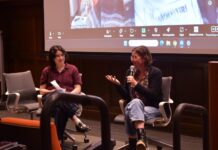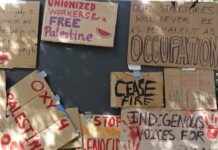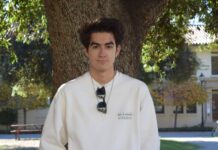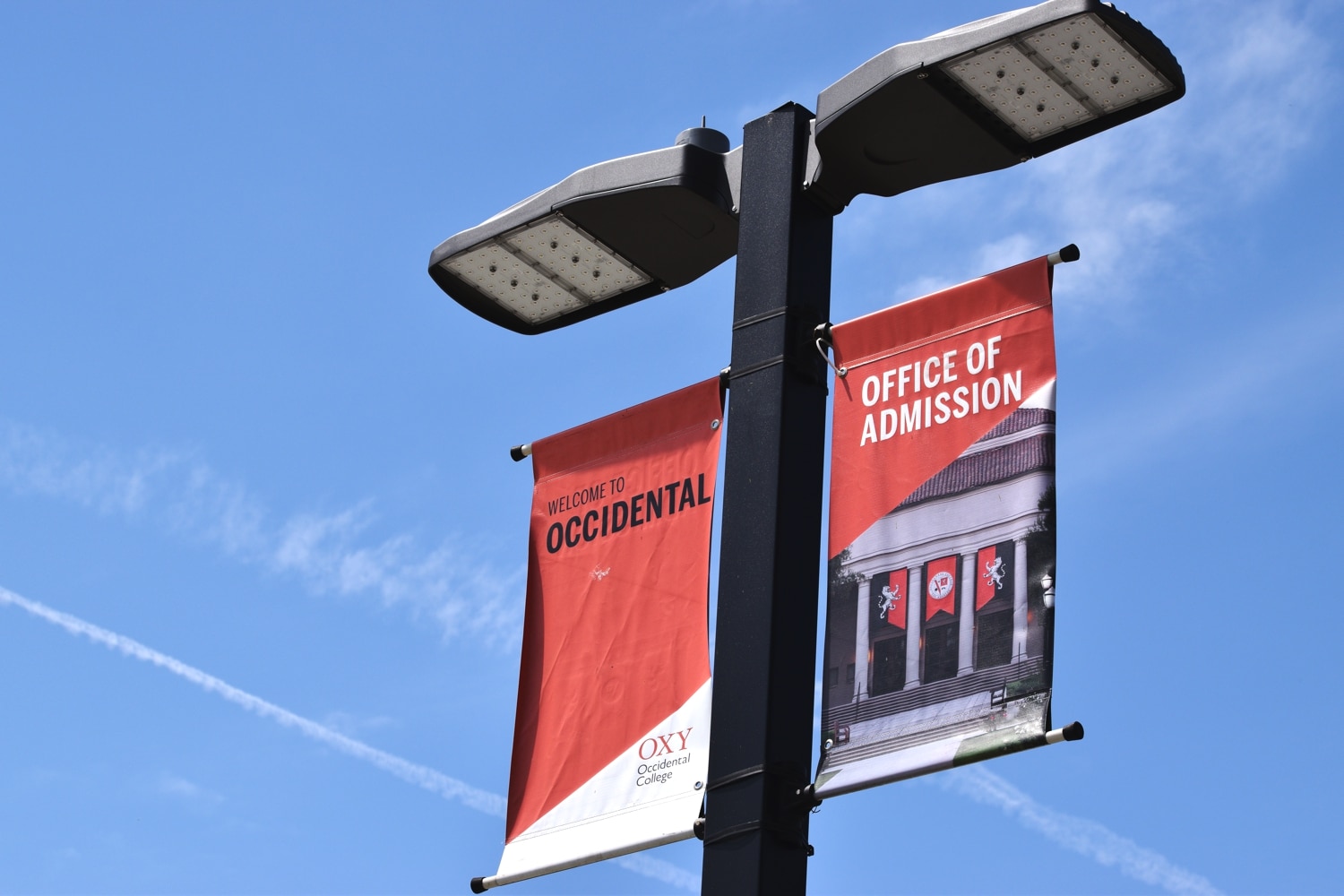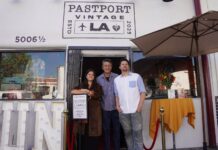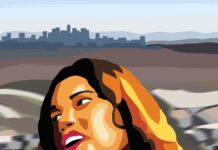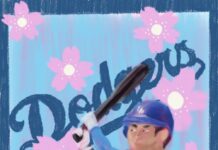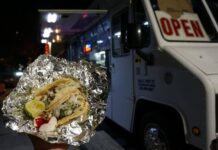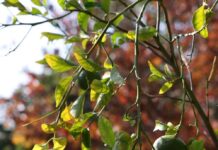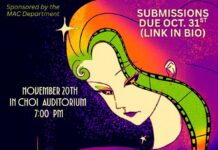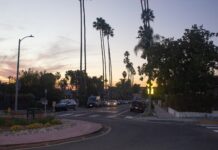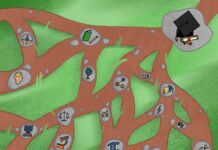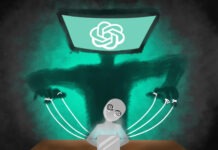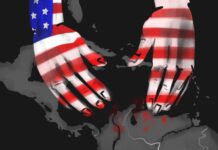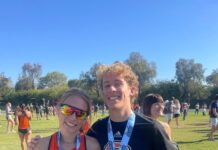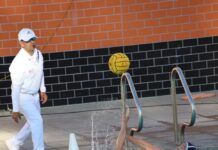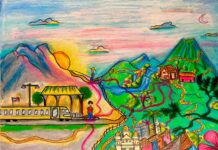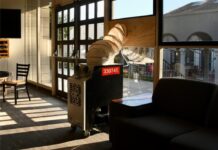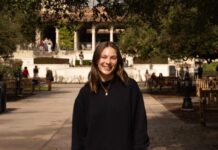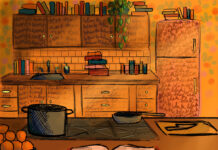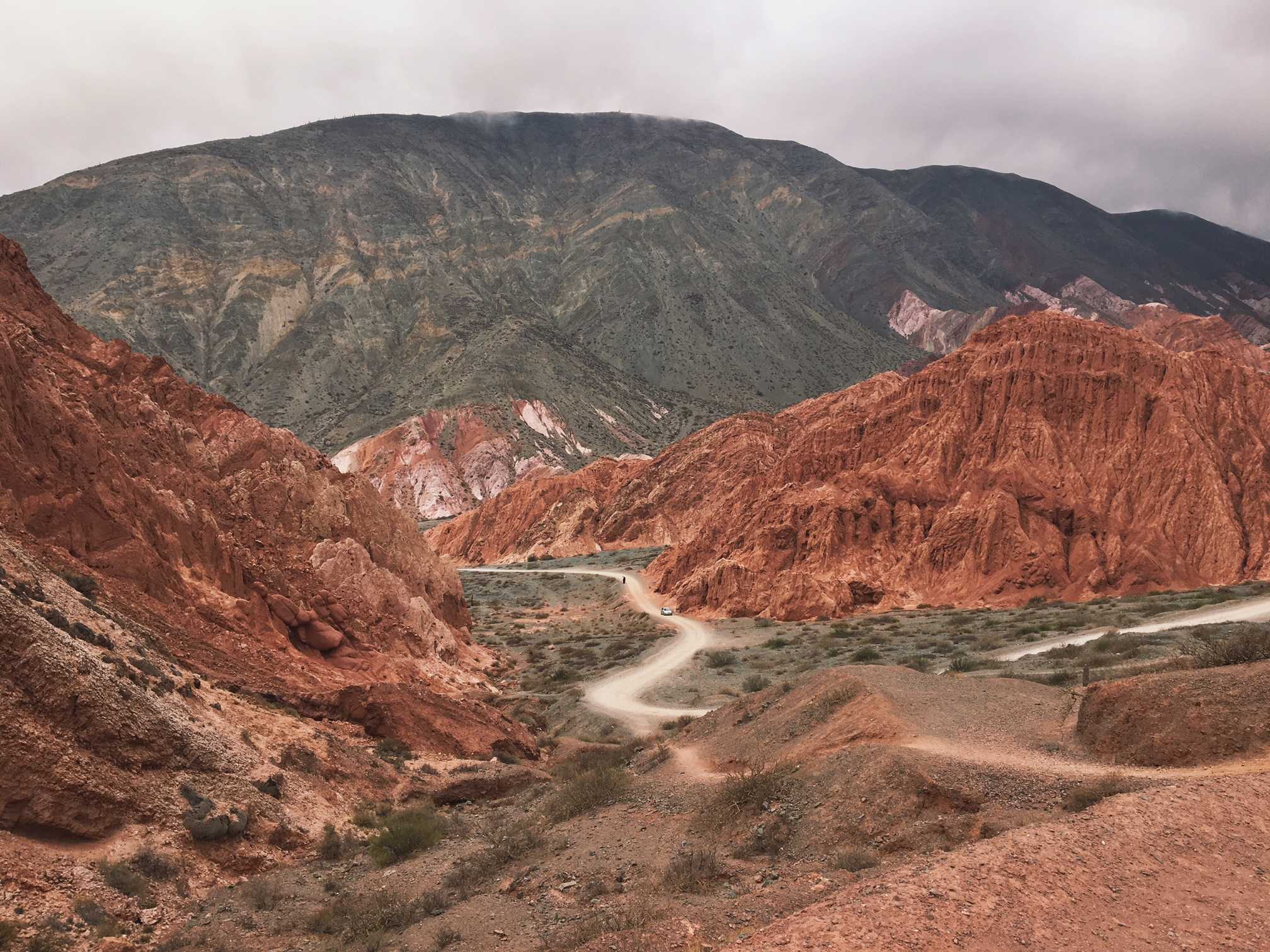Kia Ora—or good health in the Maori tongue—from Aeoteroa, “The Land of the Long White Cloud,” more commonly known as New Zealand, or Middle Earth for you Lord of the Rings fans. This blog will consist of dispatches from two Weekly staffers, Emma Lodes and Tim O’Donnell, as we study at the University of Otago in Dunedin, New Zealand, and travel around the isolated Oceanic island. Emma will be studying mostly environmental science and geology, and will be focusing on New Zealand’s nature and wilderness. Tim will be studying history and delving into New Zealand’s past and cultural traditions.
While our journey will most likely not take as dramatic a turn as did Frodo and Sam’s, there should be plenty of adventure.
Emma:
Our journey began in Auckland, New Zealand’s most populous city, for study abroad orientation. With a population of 1.4 million, Auckland is home to a third of the country’s population. It is also one of the world’s most culturally diverse cities. We spent a day and a half here to explore urban New Zealand and soak up some rays at Auckland’s warmer northern beaches.
Some of the purest and gnarliest aspects of New Zealand’s landscape were seen during part two of orientation week. On the third day we drove a few hours south to Rotorua—New Zealand’s tourism capital—to a land of underground streams of lava, ballistic war dances, hissing yellow pools of sulfuric acid and magical Maori woodland communities.
Rotorua stinks of sulfur—a product of the volcanic activity in the region—but the mobs of tourists flocking into town prove that the city’s beauty and intrigue outweighs the smell. The city was built in an active volcanic field, and in many places, the ground is scourged by subterranean streams of lava that feed natural hot springs, geysers and bubbling mud pools. Our hotel sat at the rim of a volcanic crater that’s since been filled with water, creating a vast blue lake. In the middle is a luscious green volcanic island like a giant mossy turtle tucked into its shell; across the water are rolling golden hills reminiscent of the central California coast.
Some beaches on Lake Rotorua are harmless white sand, and in other spots, crevasses and pits gape and spit boiling sulfur-choked water. I saw one Chinese tourist boiling a giant sack of eggs in one of these pits—maybe the stench of sulfur isn’t as noticeable when you’re eating a hard-boiled egg. On our first evening, we took advantage of Lake Rotorua’s geothermal currents with a night time soak in the “Polynesian spa”, a luxurious complex of natural lakeside hot tubs surrounded by lush tropical vegetation.
The next day we previewed the best of New Zealand’s flora and fauna. The island of New Zealand broke off from the super-continent Gondwana millions of years ago, before mammals evolved, so, at first, New Zealand was populated only by birds. Since the birds didn’t have ground dwelling predators, many, including the kiwi, evolved to be flightless. When the Maori and Europeans immigrated to the island they brought along mammals that now prey on the kiwi and other flightless birds, rendering them endangered. Today kiwis are hard to spot in the wild, but we got to pay them a visit at an eco park where they’re hatched in giant terrariums full of tropical ferns. To my surprise, kiwi birds aren’t the size of a kiwi fruit, and look more like giant, scuffling rodents than birds.
We checked out Rotorua’s famous geyser, Lady Knox, next. It doesn’t erupt at a specific time like Old Faithful, but for a show, the tour guide poured eco-friendly soap down the geyser’s throat and it erupted like a volcano. We hiked around the geologic park and visited steaming rainbow lakes of boiling hot water in vibrant greens, turquoises, yellows and reds. This mini Yellowstone was christened a “wonderland” by European explorers and was sacred to the Maori, who buried their stillborn amongst the trees there. The Maori also tapped into the geothermal activity to heat their water, and used the volcanic rocks to heat food cooked in underground pits.
Tim:
New Zealand is a relatively young country that seemingly has not played a large role in international affairs. But my goal throughout the semester is to discover as much about the hidden history and culture of the nation as possible. While New Zealand’s global impact may remain shrouded in the mist that envelops its jagged peaks, many are aware of the rich culture of its indigenous people, the Maori.
Over the years, the European and Maori traditions have become intertwined. Many people of European heritage, known throughout New Zealand (by both Maori and many Europeans themselves) as Pakeha, refer to New Zealand as Aeoteroa and know a slew of Maori words. Most strikingly, many New Zealanders—Maori or European—perform the Maori war dance, the Haka, to perfection on the rugby pitch.
At present, there is a burgeoning movement throughout the country to strengthen the presence of the Maori culture through language and art. During orientation this past week, we were exposed to a recreated Maori village, constructed as a means to keep tradition alive. We attended several different demonstrations—weapons training, wood carving and tattooing, among others—before witnessing a Maori song and dance performance and feasting upon lamb and fish smoked in a hangi, an underground oven.
The village serves as a great opportunity for tourists to experience a new and exciting culture, but, more importantly, it is an example of the fight to keep indigenous culture alive. New Zealand’s government has been far from perfect in regards to its relations with the Maori population—the Waitangi treaty signed in 1840 was widely misinterpreted and Maori tribes lost much of their land. Western diseases also wiped out thousands upon thousands of Maori. Still, the country is unique in its current attempt to merge cultures and to celebrate Maori tradition as an equal, if not greater part of New Zealand’s heritage.
![]()


